It is a second each houseplant father or mother dreads. You stroll into a room to discover your once-vibrant houseplant drooping, yellowing, or shedding leaves at an alarming price. Earlier than you resign your self to one other plant funeral, know that many struggling houseplants will be saved with the best intervention.
Most indoor crops decline for predictable causes — improper watering, poor gentle situations, pest infestations, or nutrient deficiencies. The important thing to profitable plant revival lies in accurately figuring out the underlying downside and taking applicable motion earlier than it is too late.
On this information, I will stroll you thru the important steps to diagnose what’s mistaken along with your struggling houseplant and the way to nurse it again to well being. With some endurance and the best care, you is likely to be shocked at how resilient your houseplant will be.
1. Assess the signs
(Picture: © Shutterstock)
Earlier than trying any therapy, take time to fastidiously observe your plant’s situation. Completely different signs level to completely different issues:
Yellowing leaves usually point out overwatering, particularly if accompanied by comfortable, mushy stems. Nevertheless, if yellowing happens primarily on decrease leaves whereas new development seems wholesome, this may merely be regular growing older.
Brown, crispy leaf edges usually counsel underwatering or low humidity. That is frequent in crops with skinny leaves like peace lilies or ferns. Wilting regardless of moist soil might sign root rot, a severe situation attributable to overwatering that prevents the plant from absorbing water correctly.
Pale, leggy development with prolonged stems and smaller leaves factors to inadequate gentle. Vegetation naturally stretch towards gentle sources once they’re not receiving sufficient. Noticed leaves or seen webs are telltale indicators of pest infestations. Examine each the tops and undersides of leaves fastidiously, as many pests disguise beneath foliage.
2. Test the watering state of affairs
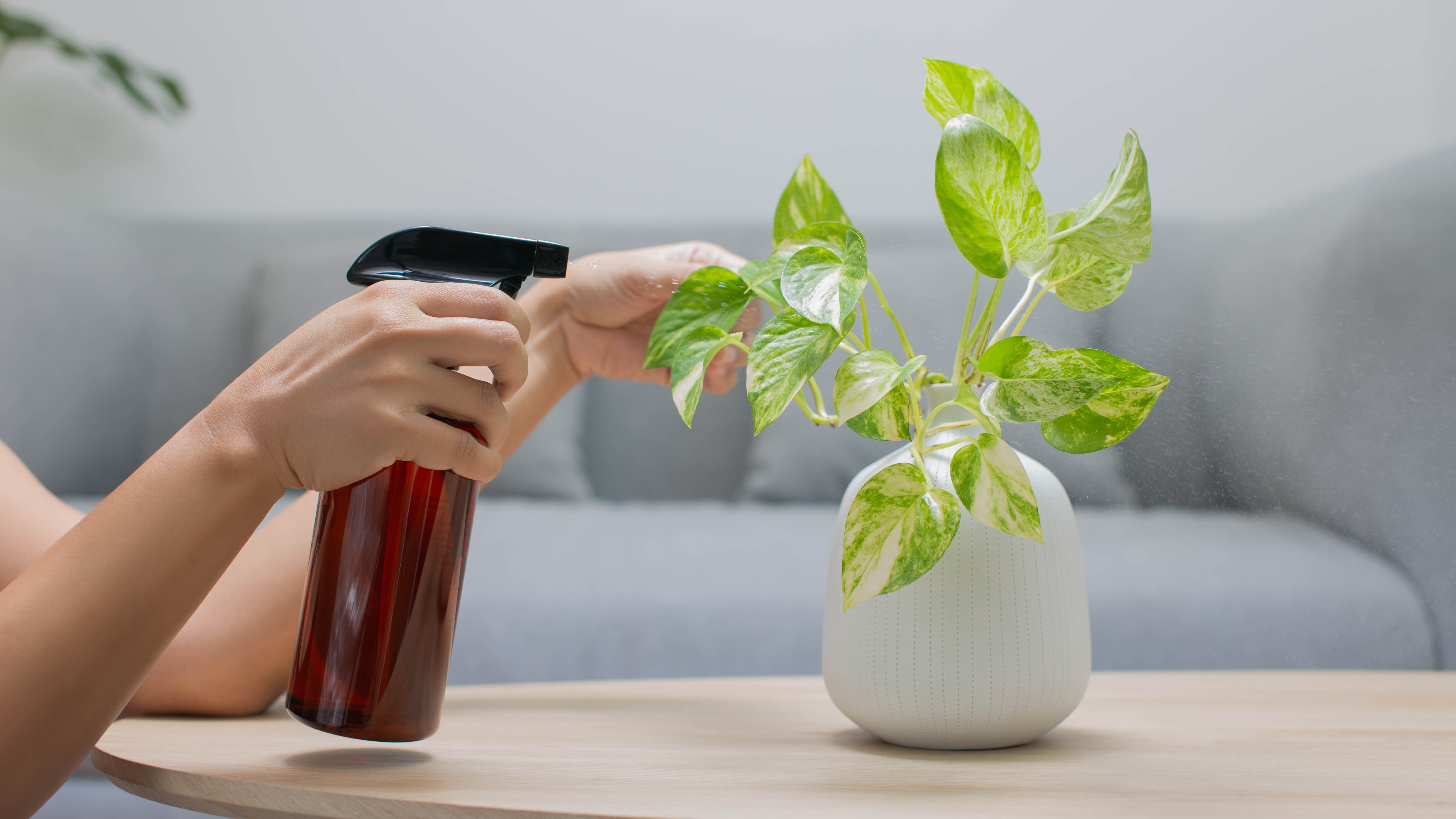
(Picture: © Shutterstock)
Improper watering is the primary killer of houseplants, with overwatering being extra frequent than underwatering.
To verify in case your plant is overwatered, gently take away it from its pot and look at the roots. Wholesome roots ought to be agency and white or gentle tan. Black, brown, or mushy roots point out root rot from extreme moisture.
For an underwatered plant, the soil will really feel utterly dry and should have pulled away from the perimeters of the pot. The plant itself may really feel light-weight when lifted.
If overwatering is the difficulty, instantly repot the plant in contemporary, well-draining soil after trimming away any rotted roots with clear scissors. Permit the soil to dry out extra between waterings sooner or later.
For underwatered crops, place the pot in a basin of room-temperature water for 15-Half-hour, permitting the soil to take up moisture from the underside up. Going ahead, develop a extra constant watering schedule based mostly in your plant’s particular wants.
3. Consider lighting situations
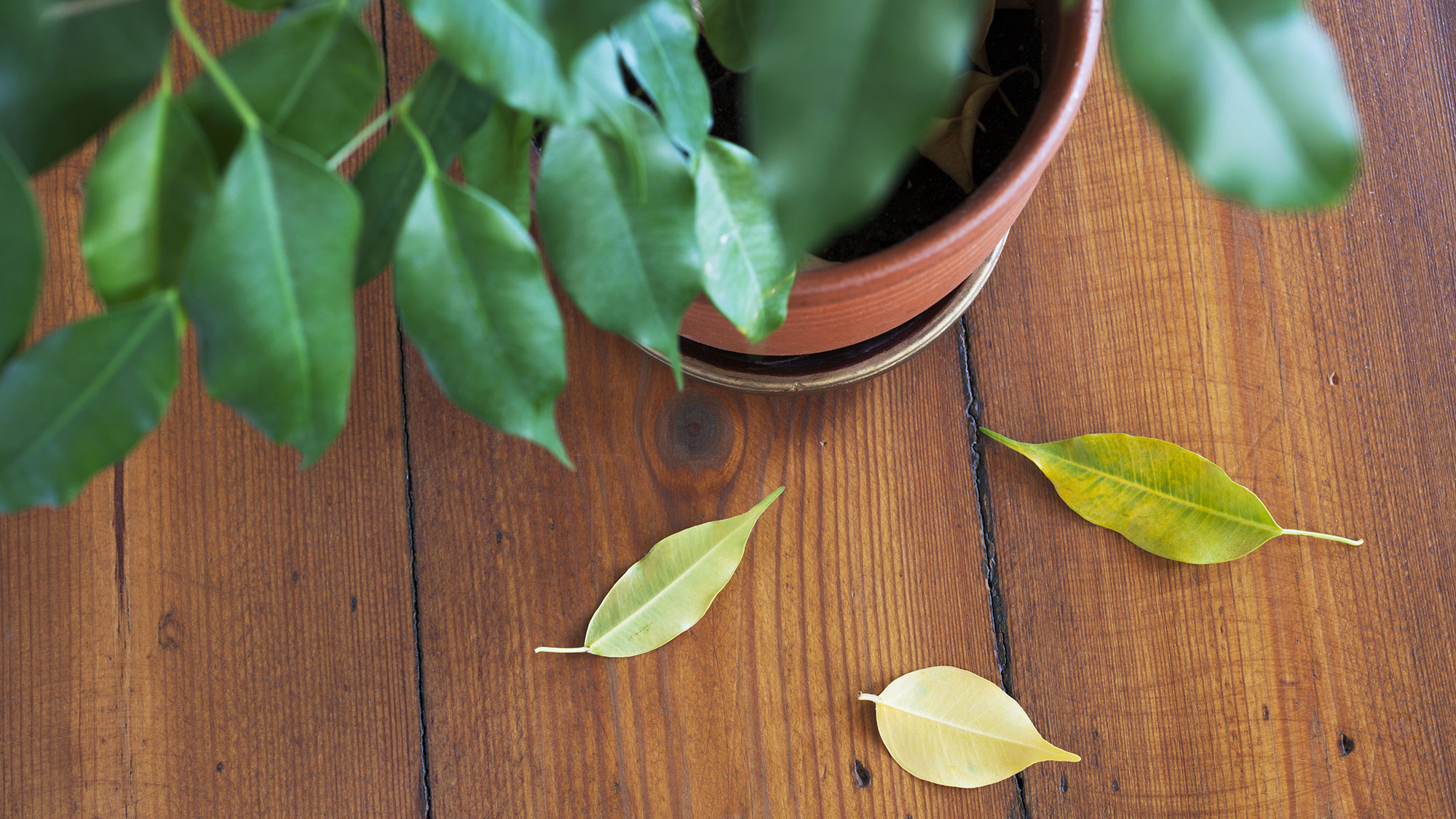
(Picture: © Shutterstock)
Many crops decline just because they’re positioned in inappropriate gentle situations. Analysis your particular plant’s gentle necessities and examine them to its present location.
Vegetation needing shiny gentle however positioned in dim corners will develop weak and ultimately fail. Conversely, shade-loving crops positioned in direct daylight will develop scorched leaves and stress signs.
In case your plant wants extra gentle, regularly transfer it to a brighter location to stop shock. For crops receiving an excessive amount of direct solar, introduce some filtering by way of sheer curtains or relocate to a spot with shiny oblique gentle.
Keep in mind that lighting situations change with seasons — a completely positioned plant in summer season may obtain inadequate gentle in winter months. Be ready to alter accordingly.
4. Deal with pest issues
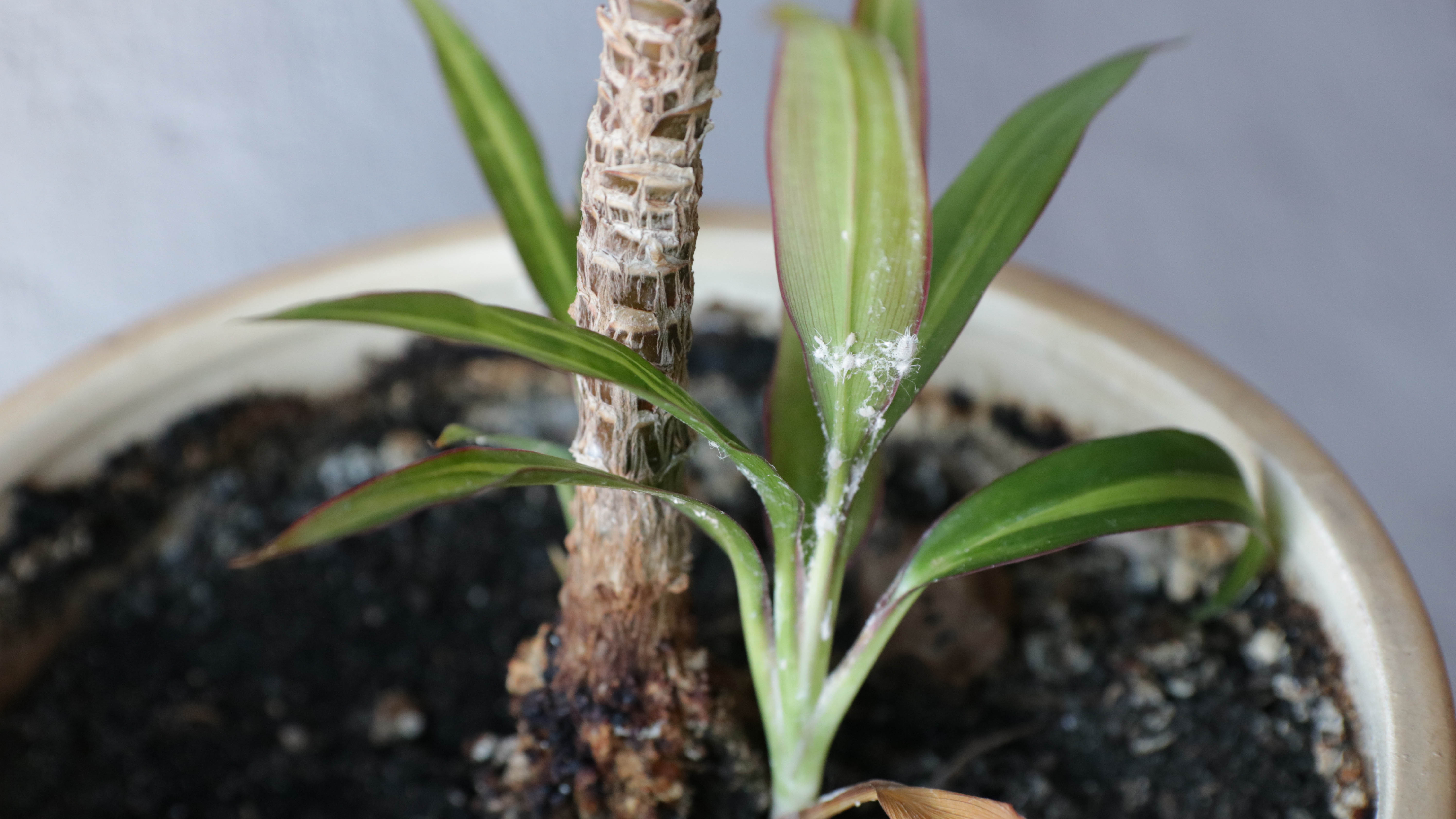
(Picture: © Shutterstock)
If you happen to’ve recognized pests because the offender, isolate the affected plant instantly to stop spreading to your different houseplants.
For small infestations, wipe down leaves with a comfortable material dampened with insecticidal cleaning soap or a delicate resolution of water and dish cleaning soap. Pay particular consideration to leaf undersides the place pests usually disguise.
Bigger infestations may require extra aggressive therapy. For mealybugs or aphids, apply rubbing alcohol immediately to the pests utilizing a cotton swab.
For spider mites, enhance humidity across the plant and deal with with neem oil and for dreaded fungus gnats, enable the soil to dry utterly between waterings and think about using sticky traps
Common therapy over a number of weeks, and generally months if the infestation is extreme, is usually mandatory to utterly eradicate pests and their eggs.
5. Prune broken areas
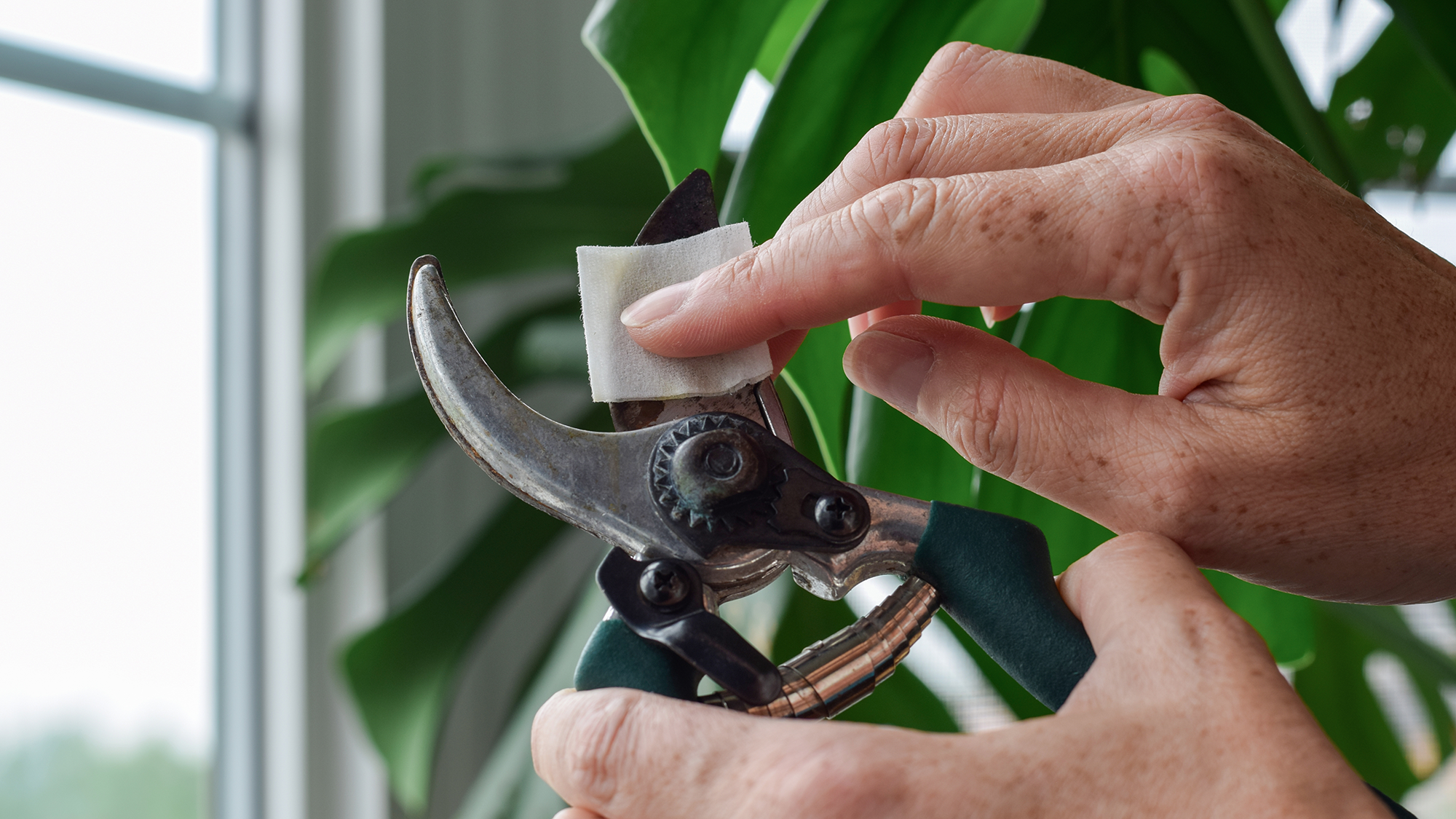
(Picture: © Shutterstock)
As soon as you’ve got addressed the underlying reason behind your plant’s decline, pruning away broken parts may help redirect power to wholesome development.
Utilizing clear, sharp scissors or pruning shears, take away any useless leaves, stems, or flowers. Reduce to wholesome tissue, making cuts at a 45-degree angle simply above a leaf node (the purpose the place leaves emerge from the stem).
Additionally, let the leaf go utterly dry and crispy earlier than removing. If the leaf continues to be partially inexperienced, the plant can redistribute these vitamins to wholesome elements of the plant.
It is necessary to be conservative with pruning. Eradicating greater than one-third of a plant without delay could cause extra stress. If intensive pruning is required, unfold it out over a number of weeks.
6. Take into account repotting
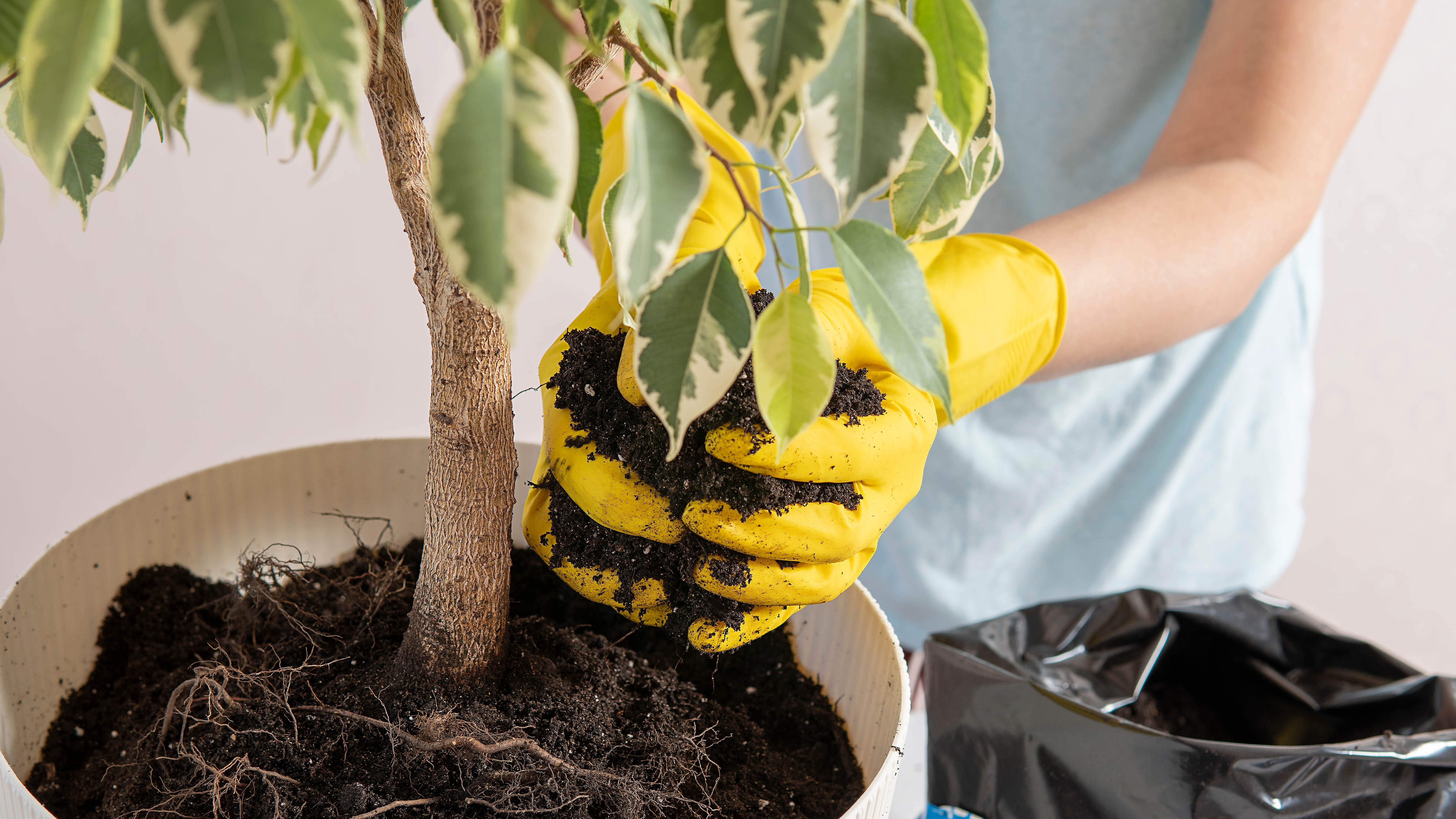
(Picture: © Shutterstock)
In case your plant has been in the identical pot for a whereas and appears to be struggling or dying, it is likely to be telling you it’s time for a new house.
Over time, soil can turn into compacted, and roots might begin circling contained in the pot and even push out by way of the drainage holes, all of which restrict the plant’s capacity to take up water and vitamins.
Different indicators to look ahead to embody water working straight by way of the pot with out soaking in, slowed development regardless of your traditional care, or a plant that’s turn into top-heavy and susceptible to tipping over.
I bumped into this with my monstera not way back. She’d been residing in the identical pot for what felt like perpetually, and although I used to be caring for her the identical approach I at all times had, her development had utterly stalled. After I took a nearer look, her roots have been packed tight and circling the underside. I moved her into a greater container and inside a few weeks she was thriving.
If you repot, select a new container that’s simply 1–2 inches wider than the present one and has good drainage holes. Use contemporary, high-quality potting combine that fits your plant’s wants, and also you’ll probably see it perk up and develop rather more fortunately.
7. Present applicable aftercare
(Picture: © Shutterstock)
After you’ve taken steps to revive your plant, it’s necessary to create a restoration setting that minimizes extra stress. Purpose to maintain temperatures steady and place the plant in a spot that’s free from drafts, heating vents, or blasts from air conditioners.
In case your plant enjoys increased humidity, you may want to group it with different crops or use a humidifier to give it an additional increase. And maintain off on fertilizing till you begin to see new development, as soon as that occurs you possibly can start feeding once more, however at half the standard power to keep away from overwhelming the plant.
Most of all, be affected person — restoration can take time. Some crops bounce again inside a few weeks, whereas others may want a few months to totally regain their power. Hold monitoring your plant intently and alter your care as wanted alongside the way in which.
When to say goodbye

(Picture: © Shutterstock)
Regardless of your greatest efforts, not each struggling plant will be saved. In case your plant reveals no indicators of enchancment after 4-6 weeks of adjusted care, or continues to decline regardless of your interventions, it is likely to be time to say goodbye.
Earlier than discarding the plant totally, take into account taking wholesome cuttings from any viable sections to propagate a new plant — even severely declined specimens can generally produce wholesome offspring.
Keep in mind that plant care is a studying course of, and occasional failures are a part of the journey. Every expertise builds your information and improves your expertise as a plant father or mother, making ready you for larger success along with your future inexperienced companions.










